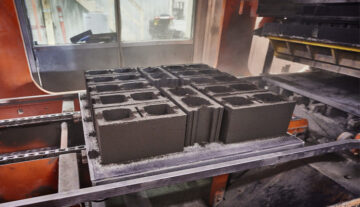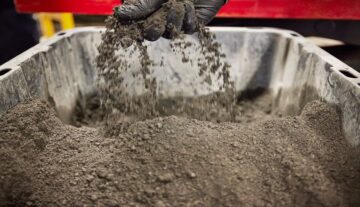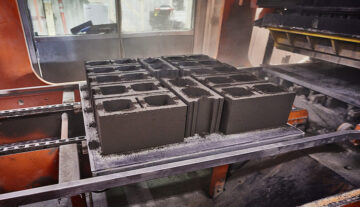
When starting a new building project, the choice of material for the structure’s foundation and envelope is an extremely important decision. The material of a building influences the project’s cost, timeline, and environmental impact, as well as the longevity and upkeep costs of the building itself. When choosing between materials like wood, steel, cast-in-place concrete,…

When reducing emissions in the built environment, the whole life cycle of a building, and the emissions produced therein, must be taken into consideration. Embodied carbon emissions are those resulting from the manufacturing and processing of the building’s materials. These emissions are often referred to as “hidden,” and thereby go unaccounted in considering a building’s…

Construction is a necessary part of maintaining infrastructure and modernizing our communities. As the global community moves toward sustainable development and the reduction of greenhouse gas (GHG) emissions, the makeup of our buildings has a massive impact on the overall environmental impact of our society. Respectively, building operations and construction account for 28% and 11%…

In November 2022, the government of Canada published its Roadmap to Net-Zero Carbon Concrete by 2050, aiming to reduce the greenhouse gas (GHG) emissions of one of Canada’s most significant industries. Concrete in Canada is vast: the industry is responsible for approximately 158,000 direct and indirect jobs across the country while annually contributing $76 billion…

In the industrial sector, lowering CO2 emissions has become a race against time. As the global community works to combat rising greenhouse gas (GHG) emissions, the growing need for industrial materials must be combatted with new technological innovations in the sector. Many of these innovations are turning to carbon capture in order to minimize the…

In the concrete industry, cement is a seemingly inescapable roadblock to decarbonization. Concrete is the most widely used manmade material on earth, but cement—the binder, or glue, that holds concrete together—is hugely problematic. Its production is responsible for 8% of greenhouse gas (GHG) emissions worldwide. Luckily, the concrete industry is changing. The production of concrete…

On August 16, 2022, the United States Congress passed the Inflation Reduction Act, the largest climate-related spending bill in the nation’s history. The act focuses on supporting clean energy and lowering carbon emissions through tax credits, job creation, and support for industry research. By directing a cumulative $369 billion toward the reduction of greenhouse gas…


